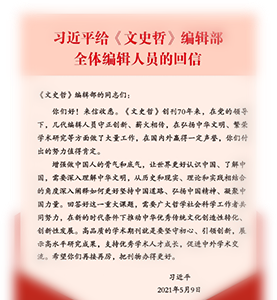用脚表述:20世纪二三十年代中国乡村危机的另类叙事 马俊亚
20世纪二三十年代,对中国乡村危机的论说达到了惊人的数量。但对乡村危机的描述,相当部分集中在中国经济最发达的江南地区。这些叙述把世界市场带来的暂时性经济波动视为社会不可消除的终极矛盾。事实上,即使是危机时期,近代江南工商业经济仍蕴藏着无穷的活力。中国乡村社会真正的危机,不是苦于世界市场的波动,而是苦于与世界经济的隔绝。在一些灾患较少的农耕地区,农家经济确实苦于内卷化;而灾患深重地区的农民,则更苦于不能内卷化。农民通过脚来表述的二三十年代乡村危机,更加真实地揭示了中国地区性社会经济发展的不平衡及中国乡村社会的本质矛盾。
Expressing with the Feet: The Alternative Narratives of Rural Crisis in the 1920s and 1930s China Ma Junya
In the 1920s and 1930s, expositions of rural crisis in China reached an amazingly large amount. Yet a considerable part of these narratives concentrated on Jiangnan, i.e. lands south of the lower reaches of the Yangtze River, and the most flourishing economic area in China, which took temporary economic fluctuation brought by world market as the irreversible ultimate contradiction of the society. However, even in times of crisis, the business economy in modern Jiangnan still contained boundless energy. The real crisis in Chinese rural society did not suffer from the fluctuation of world market, but isolation from world economy. In the agricultural areas experiencing less natural calamity, the peasant economy indeed suffered from involution; while in the disaster-ridden areas, peasants suffered more from not being involved in involution. The rural crisis in the 1920s and 1930s that peasants expressed with their feet revealed more truly the regional imbalance of social economy and essential contradiction of rural society in China.


